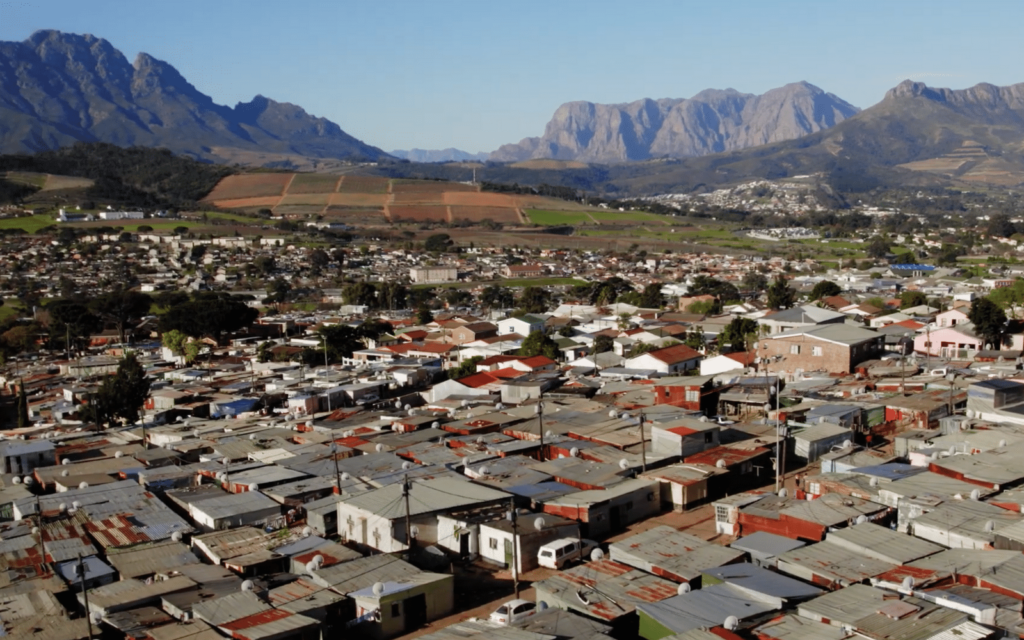Imagine, just for a second, that you could pay R5 every day for uncapped 100Mbps fibre. That’s just R150 a month. The people of the Kayamandi township don’t need to imagine this following the launch of the Kayamandi Fibre Project. The former head of iBurst and Mxit Alan Knott-Craig is responsible for the project’s creation.
Knott-Craig used his experience with Project Isizwe, a project that offers low-cost Wi-Fi in low-income areas, to move to the next level; fibre integration in townships. The project enlisted the help of Liquid Intelligent Technologies, EasyEquities, Asla, Nokia, Hexatronic and Cambium Networks to pull off its aims.
The Kayamandi Project
Work first began on the project at the beginning of August and completed the first step of the project yesterday, 7 November. 3,000 homes in the Kayamandi township now have access to fibre, with speeds of around 100Mbps being recorded.
Payments for access to the network go through VulaCoin, a custom stablecoin. The service operates on a pay-as-you-go system, meaning residents can pick and choose when to spend their R5 entrance fee for the day. Upon signing up for VulaCoin, customers can purchase as many tokens as needed, which are then stored in a wallet on the app.
Knott-Craig also said that the VulaCoin service would make more money through advertising within the app.

Rolling out
Isizwe, the company behind Project Kayamandi, said that wireless broadband couldn’t work for a rollout such as this one. “There is simply too much interference in the air when you try to connect so many people wirelessly,” Knott-Craig said.”That is why the only solution for proper, uncapped, township internet is fibre.”
To do this, Isizwe used the already in-place electricity poles within the township to connect the homes.
“If you can do it for power, why can’t you do it for the internet?” Knott-Craig asked. “Aerial fibre is a reality today. Just put up a pole and string fibre into every home.”
Read More: All of Rain’s products are more than 99% off for the month of November
For now, Project Kayamandi’s immediate goal is to expand the fibre rollout to the rest of Kayamandi. The township totals 30,000 homes, meaning 27,000 are still awaiting cheap fibre connectivity.
“Then we can do the one million homes in the Cape Flats, then we can do the 14 million homes in townships throughout South Africa,” Knott-Craig said.




